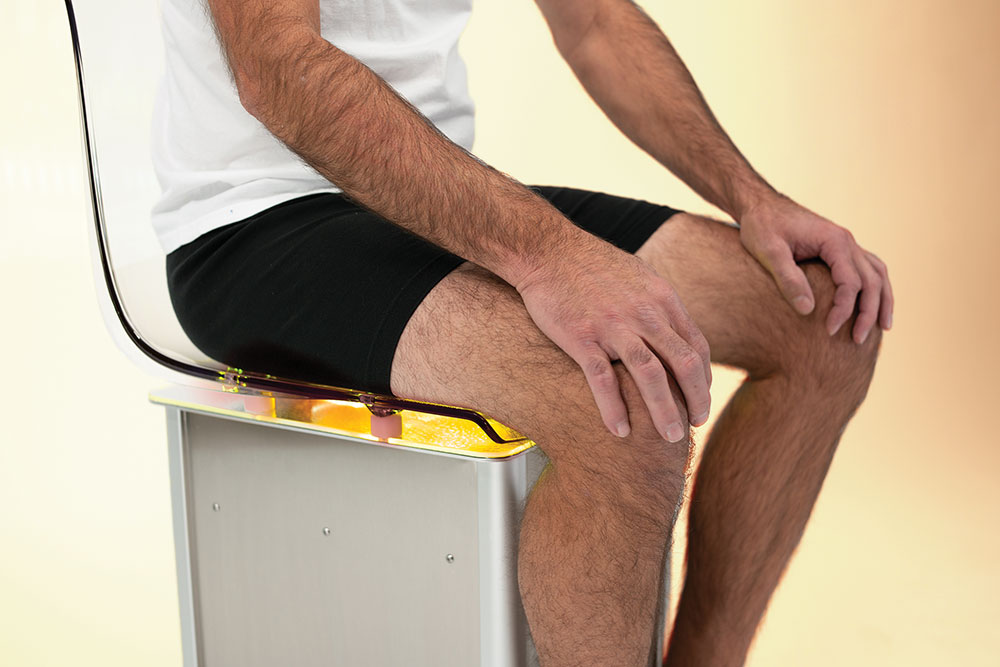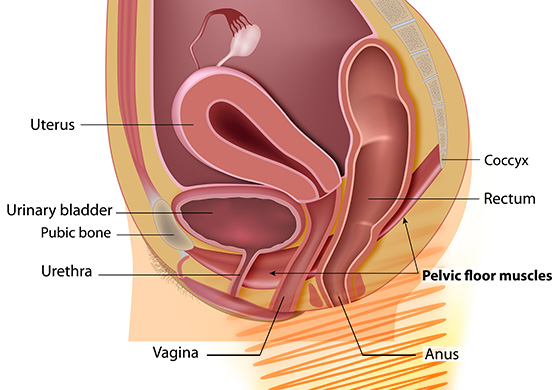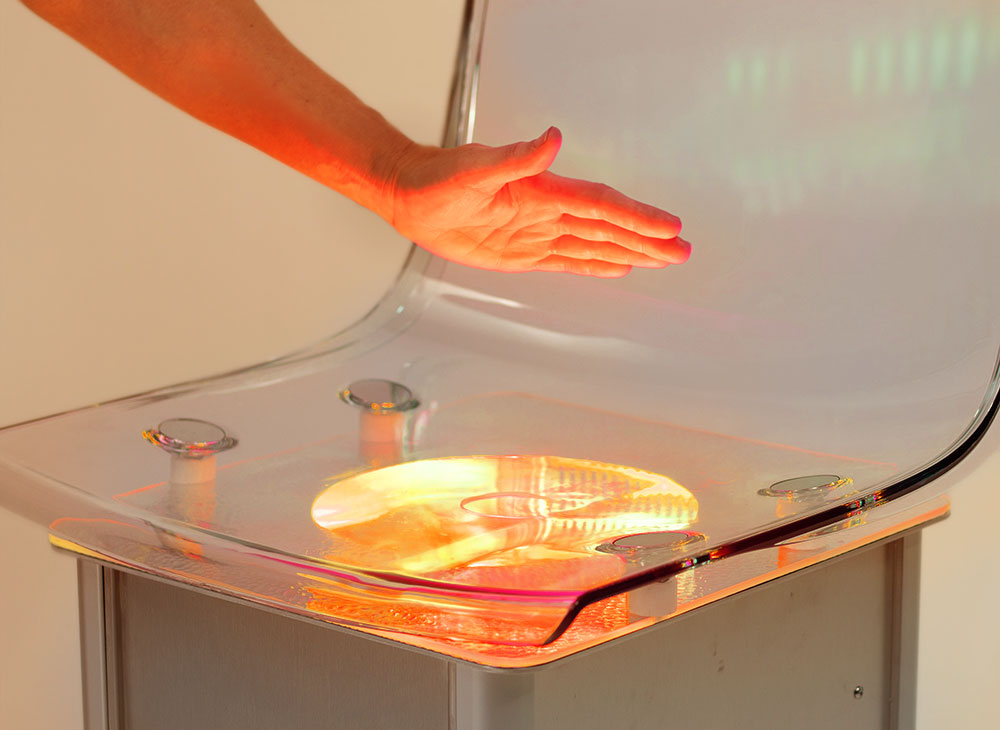
Pelvic floor dysfunction affects 27 million women in the USA
Tap Into Pelvic Health Benefits with
PWL: the Pelvic Wellness Laser
• Pre-Tariff Prices
• No Duty
• Quick Financing


Benefits Include:
• Photon penetration to 3 inches
• 10 wavelengths to promote well-being
• 100% plasma laser (safe from burns)
• Mitochondria photobiomodulation
• Perineal wound care
• Inflammation control
• Reduced hyperpigmentation
• Increased cell-level ATP production
• Increased nitric oxide levels
• Chronic pelvic pain control
• Pelvic floor muscle rehabilitation
• Better bladder & bowel control
• Prolapse treatment
• Improved elasticity of sphincter muscle
• Sexual wellness for males & females
• Improved testicular micro-circulation
• Minor prostate healing for aging or diabetic patients
What is the Pelvic Floor?
The pelvic floor describes a group of muscles and tissues that support the bladder, bowel, and in women, the uterus, cervix, and vagina. These muscles maintain organ position, bladder and bowel control, and sexual function. When weakened or damaged, pelvic floor disorders (PFDs) can develop, affecting about 1 in 4 women in their lifetime.
Common PFDs include:
-
Pelvic organ prolapse; organs drop or press into the vagina due to weak muscles.
-
Urinary incontinence; loss of bladder control or leakage, often triggered by laughing or coughing.
-
Fecal incontinence; inability to control bowel movements.
-
Pelvic pain; chronic or intermittent pain in the pelvic region, sometimes linked to sexual pain or muscle spasms.
PFDs can become chronic, interfering with daily life and linking to other health issues such as IBS, respiratory diseases, or lower back pain.
Risk factors include childbirth (especially vaginal delivery or large babies), obesity, chronic constipation, heavy lifting, chronic coughing, aging, menopause, genetics, and prior pelvic surgery.
Symptoms may involve pelvic heaviness, a vaginal bulge, leakage of urine or stool, or discomfort during daily activities. Many women mistakenly believe these issues are a normal part of aging and suffer in silence, but PFDs are common, treatable, and worth discussing with a healthcare provider.
How Important is Pelvic Floor Health?
Pelvic floor health involves the proper functioning of muscles that support the bladder, bowels, and uterus, contributing to core stability and sexual function. About one in four adult women in the U.S. experience a pelvic floor disorder (PFD), such as urinary or fecal incontinence and pelvic organ prolapse, with risk increasing with age and childbirth. Weak pelvic floor muscles can cause organs like the bladder or uterus to shift or bulge, known as organ prolapse, which can also result from heavy lifting or chronic coughing.
PFD is not only a personal health issue but also a workplace concern, as it leads to higher medical costs, absenteeism, and reduced productivity. Despite its prevalence, PFD often remains undiagnosed and untreated, placing both financial and emotional burdens on affected women and employers alike.

Lateral cut-away view of the female pelvis, showing the location of the pelvic floor muscles. PWL’s photons can penetrate up to three inches into affected tissues.
USA FDA Cleared as Class II
ISO 13485-2016 certified
Health Canada licensed
For more information regarding pricing, financing and delivery options, please phone (450) 622-4004,
or email us.

©2025 Pelvic Wellness Laser. All rights reserved.
